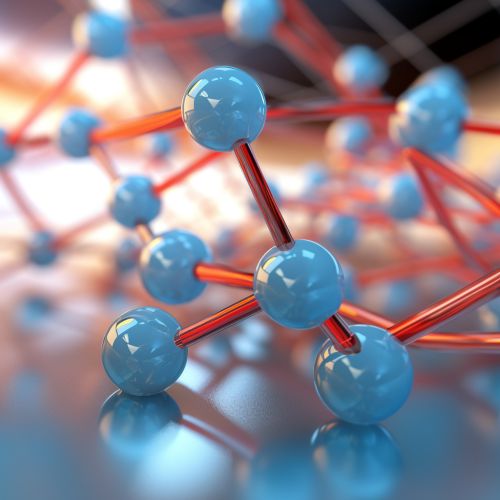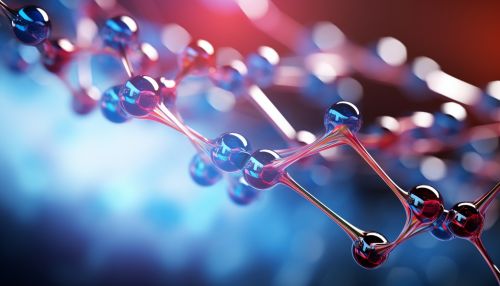The Chemistry of Peptide Bond Formation and Protein Synthesis
Peptide Bond Formation
Peptide bond formation is a chemical reaction that occurs during the process of protein synthesis. It involves the coupling of the carboxyl group of one amino acid to the amino group of another. This reaction is a condensation reaction, meaning it results in the release of a small molecule - in this case, water.
The formation of a peptide bond is a critical step in the synthesis of proteins, which are composed of long chains of amino acids linked by peptide bonds. The peptide bond is a covalent bond, meaning it involves the sharing of electrons between atoms. This makes it a strong and stable bond, capable of withstanding the various conditions inside a cell.
Protein Synthesis
Protein synthesis is the process by which cells generate new proteins. It is a complex, multi-step process that involves numerous enzymes and other proteins. The process can be divided into two main stages: transcription and translation.
Transcription
Transcription is the first stage of protein synthesis. It occurs in the nucleus of the cell and involves the creation of a molecule of messenger RNA (mRNA) from a DNA template. The enzyme RNA polymerase binds to a specific region of the DNA molecule known as the promoter and begins to synthesize the mRNA molecule.
The RNA polymerase moves along the DNA strand, matching complementary RNA nucleotides to the DNA sequence. Once the RNA polymerase reaches a termination signal on the DNA strand, it releases the newly formed mRNA molecule, which then exits the nucleus and enters the cytoplasm of the cell.
Translation
Translation is the second stage of protein synthesis. It occurs in the cytoplasm of the cell and involves the synthesis of a protein from the mRNA template. The mRNA molecule binds to a ribosome, a complex molecular machine that serves as the site of protein synthesis.
The ribosome moves along the mRNA molecule, reading the sequence of nucleotides in sets of three, known as codons. Each codon corresponds to a specific amino acid. Transfer RNA (tRNA) molecules carry the appropriate amino acids to the ribosome, where they are linked together by peptide bonds to form a growing protein chain.
Mechanism of Peptide Bond Formation
The mechanism of peptide bond formation involves the nucleophilic attack of the amino group of one amino acid on the carboxyl group of another. This results in the formation of a tetrahedral intermediate, which then collapses to release a water molecule and form the peptide bond.
The reaction is catalyzed by the enzyme peptidyl transferase, which is part of the large subunit of the ribosome. The peptidyl transferase facilitates the reaction by positioning the reactants in the correct orientation and providing a favorable environment for the reaction to occur.
Role of Peptide Bond in Protein Structure
The peptide bond plays a crucial role in determining the structure of proteins. The bond has a partial double bond character, which means it is planar and cannot rotate. This restricts the conformation of the protein backbone and contributes to the formation of the protein's secondary structure, such as alpha helices and beta sheets.
In addition, the peptide bond is polar, meaning it has a slight charge. This allows it to participate in hydrogen bonding, which is another important factor in the formation of the protein's secondary and tertiary structure.
Conclusion
Peptide bond formation and protein synthesis are fundamental processes in all living organisms. They are responsible for the production of proteins, which perform a wide variety of functions in cells. Understanding these processes at a molecular level is key to understanding how life functions at a cellular level.
See Also


